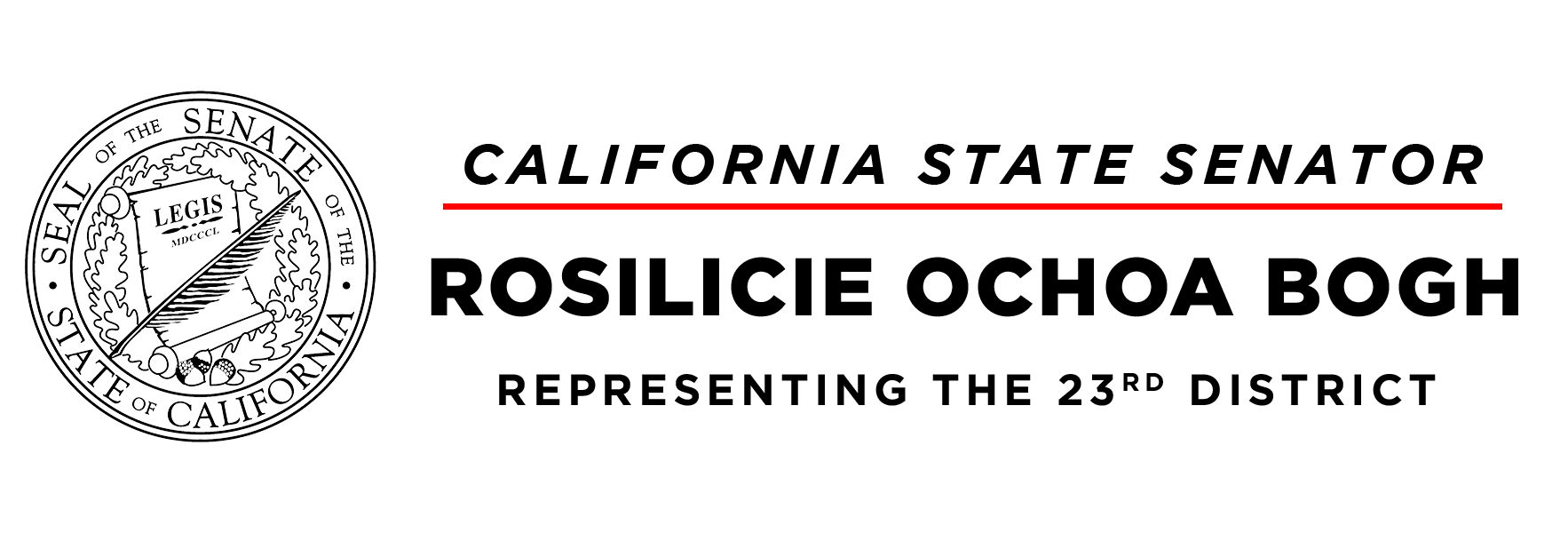By Senator Rosilicie Ochoa Bogh, 23rd Senate District
When it comes to October, most people think about fall colors in the trees and Halloween. Some get excited thinking about the return of pumpkin spice lattes to Starbucks. What I’d like you to think about is October being Breast Cancer Awareness Month, a good opportunity to remind people that “Early Detection Saves Lives.”
Breast cancer is the most commonly diagnosed cancer among American women—about one in eight women will be diagnosed with invasive breast cancer in her lifetime. BreastCancer.org estimates that in the U.S. in 2021, 281,550 new cases of invasive breast cancer and 49,290 cases of non-invasive breast cancer (ductal carcinoma in situ) will be diagnosed in women, and about 43,600 of them will die from it. Breast cancer is second only to lung cancer as the leading cause of cancer-related deaths among women.
Know also that it’s not just a women’s disease. BreastCancer.org also projects that about 2,650 new cases of invasive breast cancer will be diagnosed in men in 2021, and says a man’s lifetime risk of breast cancer is about 1 in 833.
Further, there are differences among races and ethnicities. White and Black women get breast cancer at about the same rate (respectively, 132 and 125 per 100,000), but the death rate among Black women is almost 40% higher (20 and 27 per 100,000). The incidence of breast cancer is lower among Asian/Pacific Islanders (105) and Latinas (100) and even lower among Native Americans/Native Alaskans (82). However, Native Americans/Native Alaskans have a higher death rate (15 per 100,000) than either Latinas (14) or Asians/Pacific Islanders (12).
Enough statistics. On to the positive: “Early Detection Saves Lives.” Finding breast cancer early offers more treatment options and improved outcomes.
Early detection of breast cancer through self-examinations and mammograms greatly increases the chances of successful treatment. In fact, mammography is the single most effective method of detecting breast changes that may be cancer, long before physical symptoms, detectable lumps or abnormalities can be felt. According to The Komen Blog, mammography can find breast cancer up to 10 years before it would be large enough to feel during a self-examination.
The good news is that increased awareness and screening (exams, mammography, MRIs) has led to increasing rates of early detection, and thanks to more early detections and better, more targeted treatments, breast cancer death rates have decreased. The decrease (measured between the years of 2013-18) has been greater for women over 50, but overall it is a small but steady 1% per year.
You can’t minimize the main risk factors for breast cancer – being a woman, being over age 50, experiencing changes in your BRCA1 or BRCA2 genes. But there are many things you can do to help lower the risk: maintain a healthy weight and exercise regularly, don’t drink alcohol or limit the amount you drink, talk to your doctor if you are taking hormone replacement therapy or are on birth control pills, and breastfeed your children (if possible).
It’s in the best interest of all of us to educate ourselves about breast cancer and join in the ongoing battle against it. Join me in October to spread awareness of the need for early detection, appropriate treatment, and the importance of finding a cure as well as a means of prevention. Awareness can help save lives, maybe even that of someone you know.
